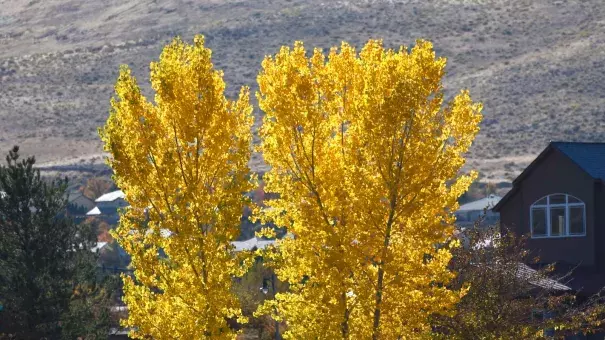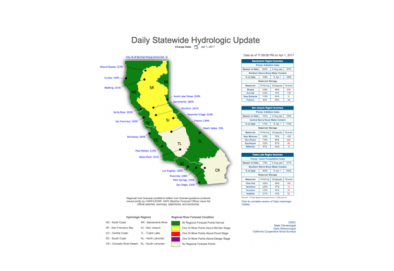Reno-Tahoe autumn driest in decades but that doesn't necessarily mean dry winter

Autumn in the Reno-Tahoe area is off to one of its driest starts in decades.
But it’s way too early to give up on winter, especially with the breakup of a persistent high-pressure ridge that could open the door to rain or snow in coming days.
“The weather pattern can change pretty dramatically, pretty quickly,” said National Weather Service meteorologist Zach Tolby. “Last year we had no snow at this time. And last year was a gangbusters year.”
Still, with less than a half inch of precipitation on average across the Tahoe and Truckee basins since the beginning of October it’s undoubtedly a dry start to the water year.
Tolby and hydrologist Tim Bardsley said it’s the second-driest start in the past 40 years.
“Usually by now we are starting to get something,” Bardsley said.
The good news, water-wise, is that heavy snow and rain in recent years is still paying dividends this fall.
The Truckee River in Reno is still flowing at more than 80 percent of normal for the date.
The same is true for smaller streams, which should gain flows immediately when moisture returns.
Although autumn 2019 is drier than normal compared to the past, recent climate research suggests it could be more common in the future.
“There is pretty strong evidence we should expect shoulder season precipitation … to decline,” said Daniel Swain, a climatologist at University of California Los Angeles and the National Center for Atmospheric Research.
Climate change due to humans burning fossil fuels has already meant warmer autumns in northwestern Nevada by as much as two degrees on average compared to 1895, when there was about 36 percent less heat-trapping carbon in the global atmosphere.
It’s also contributing to drier shoulder seasons in the west, Swain said.
“What I think we are seeing is an early sign in real world observations of something that has been predicted in the climate models,” Swain said.
It doesn’t necessarily mean drier winters in the Sierra Neva, though. In fact, the science suggests more concentrated precipitation during winter.
The overall result could mean similar annual precipitation numbers even though it falls at a different time in the year, he said.
Related Content



